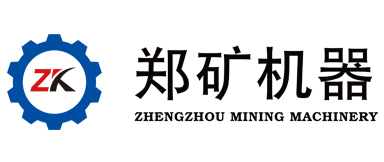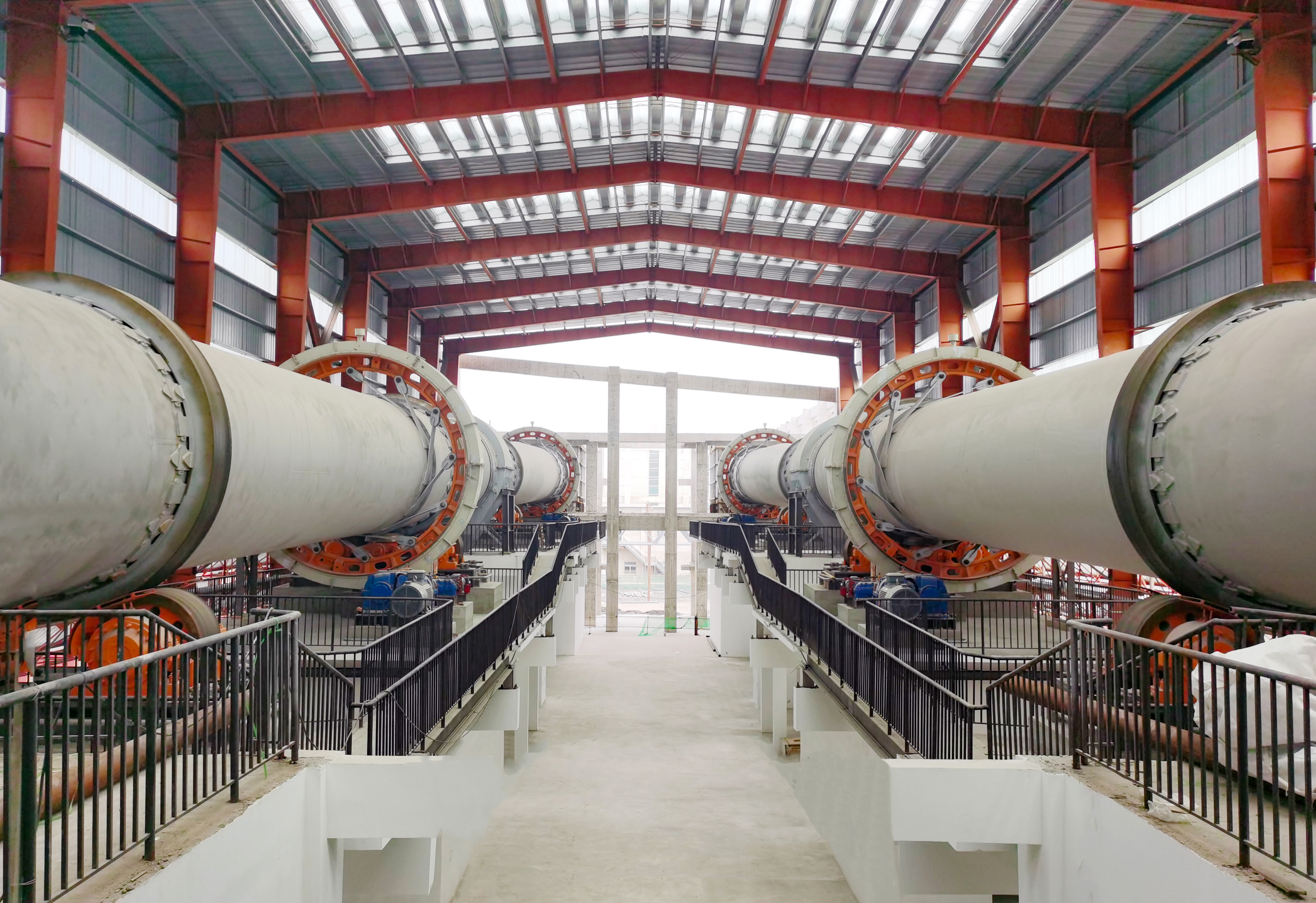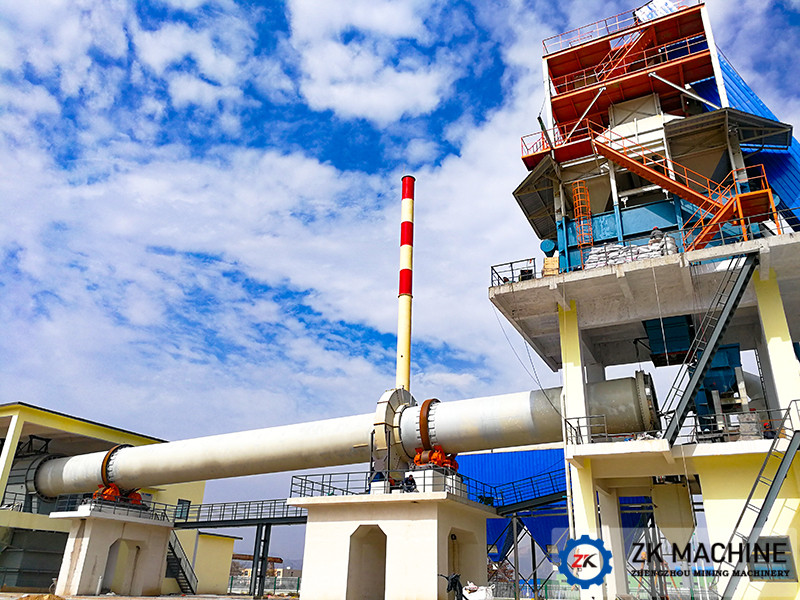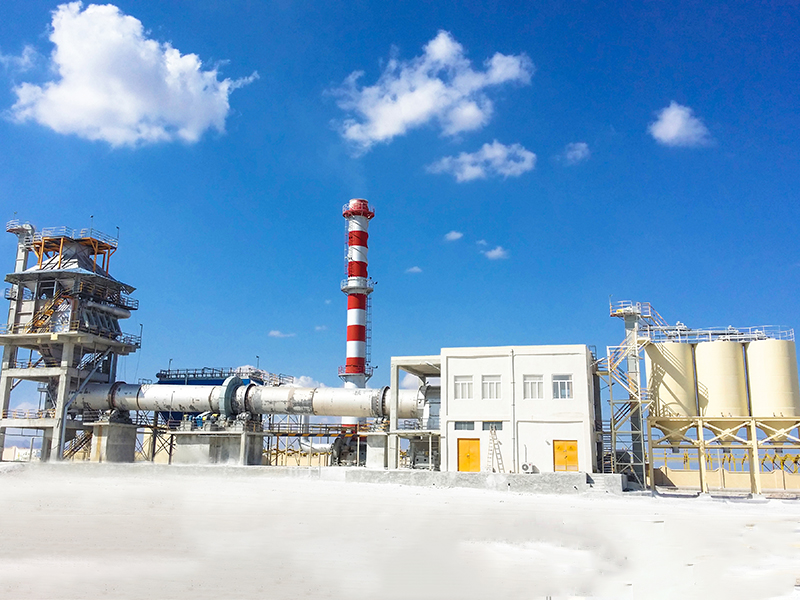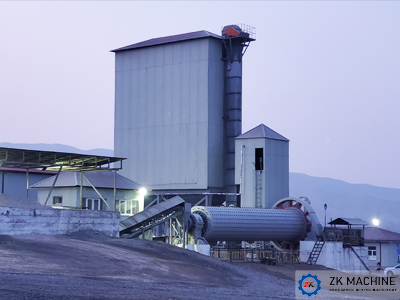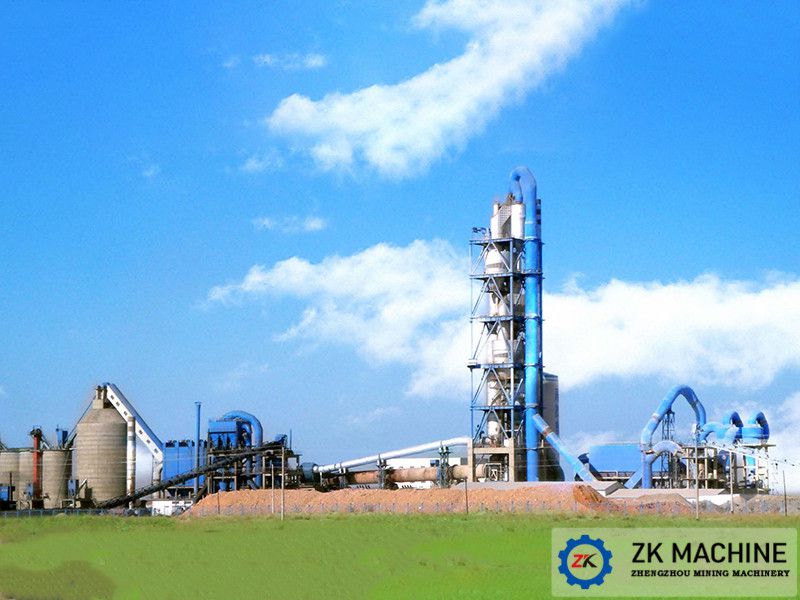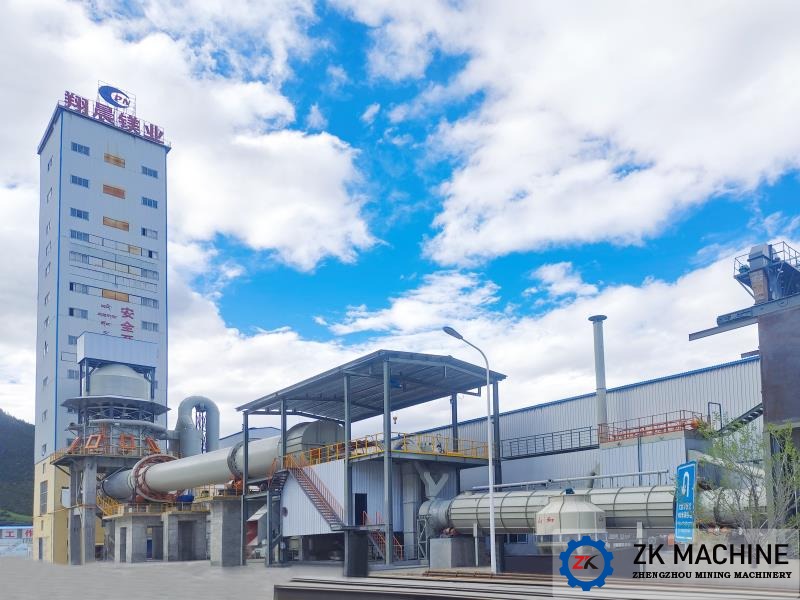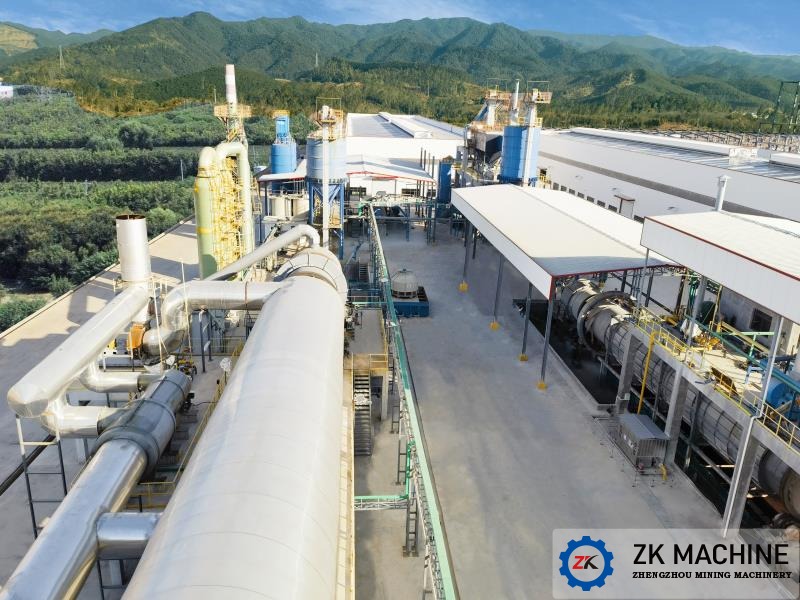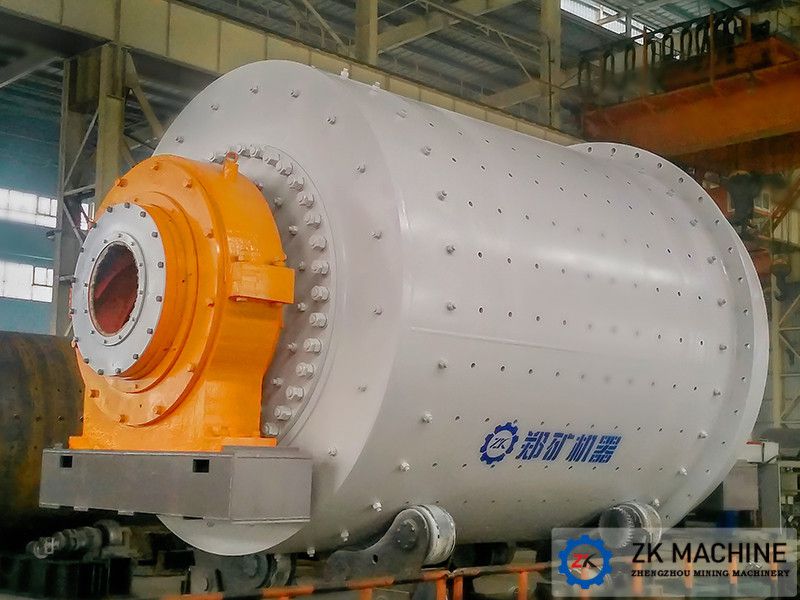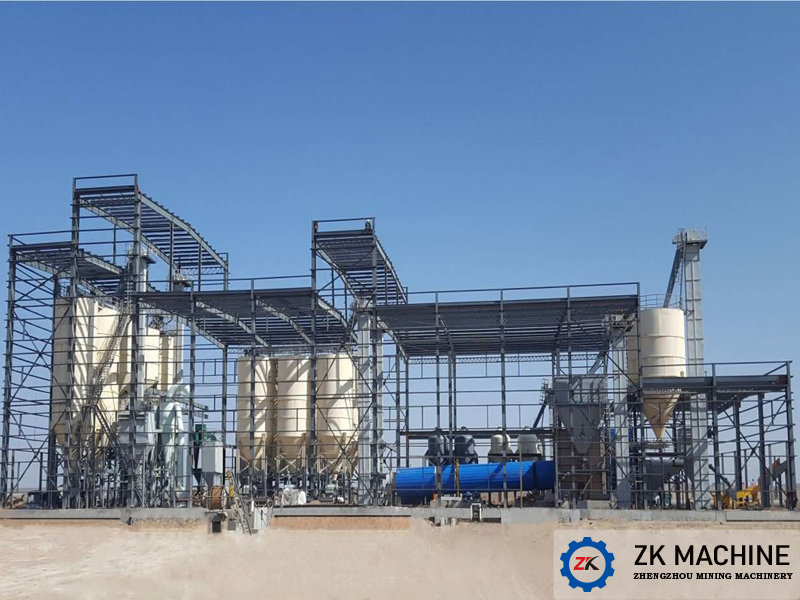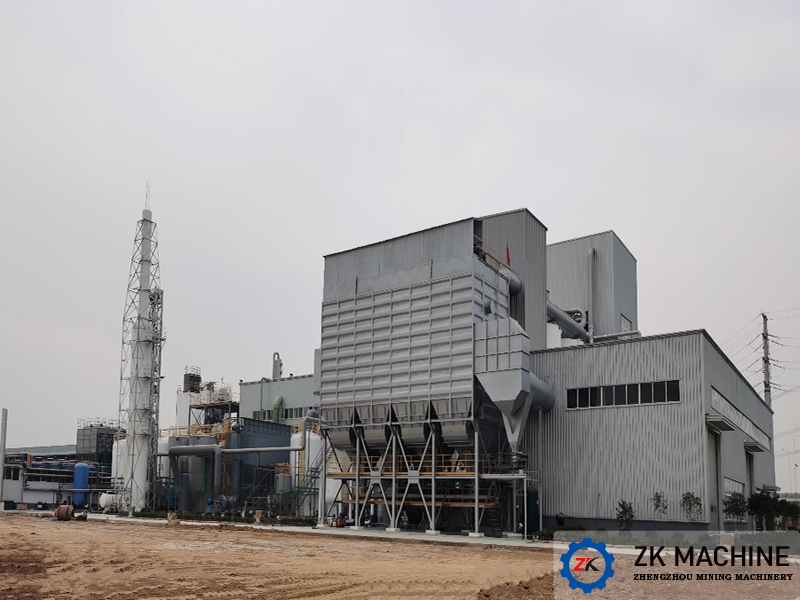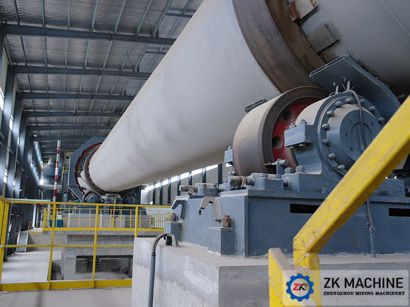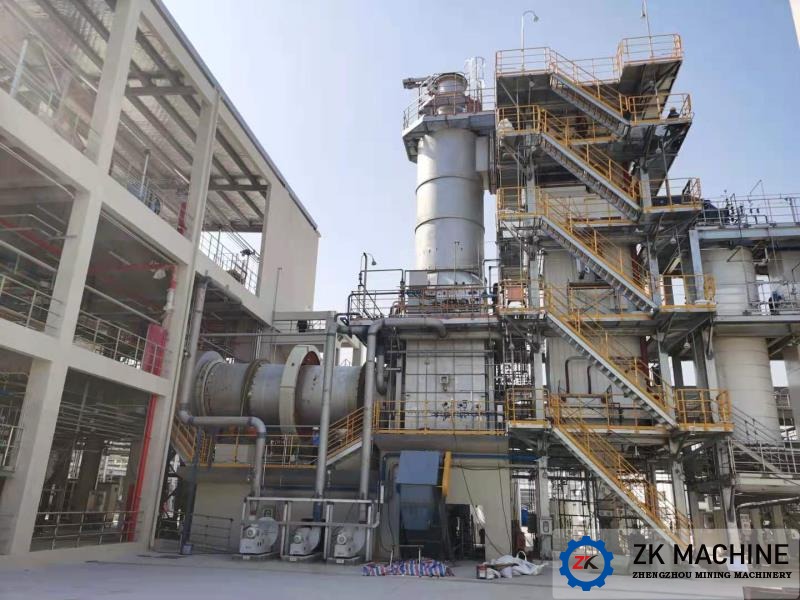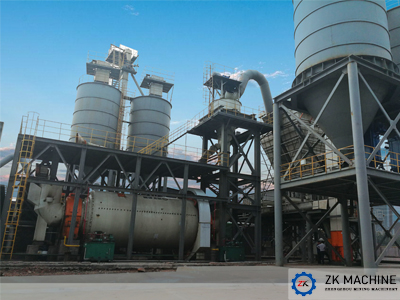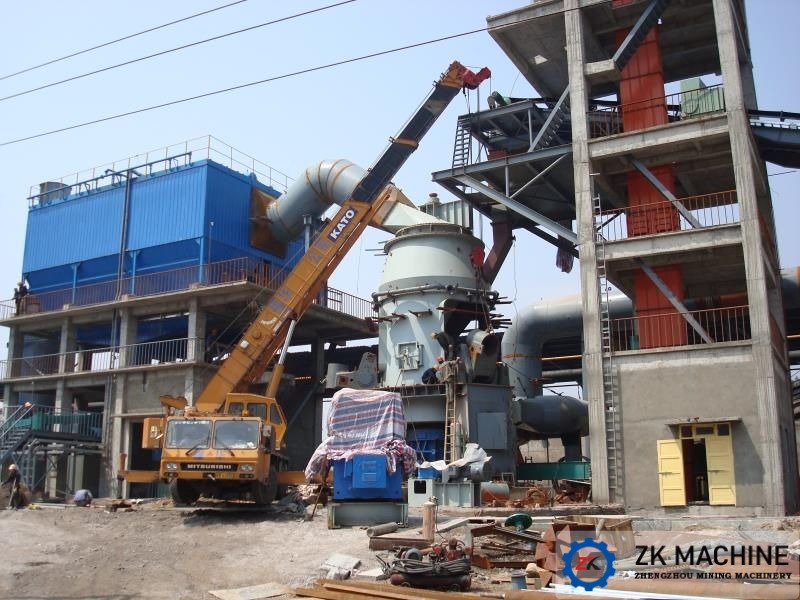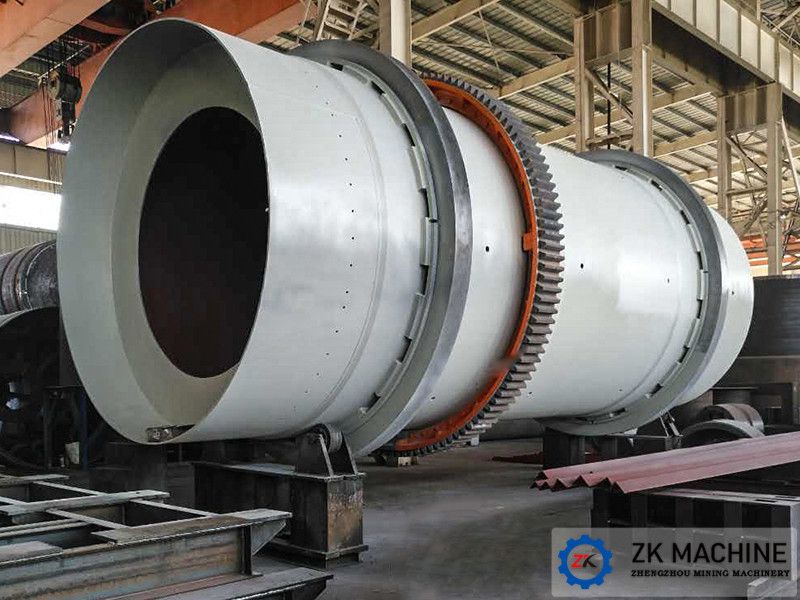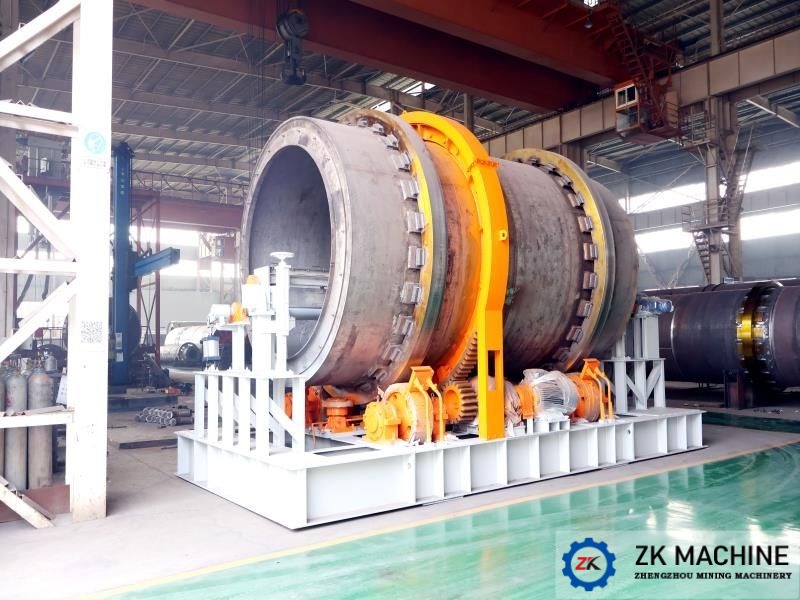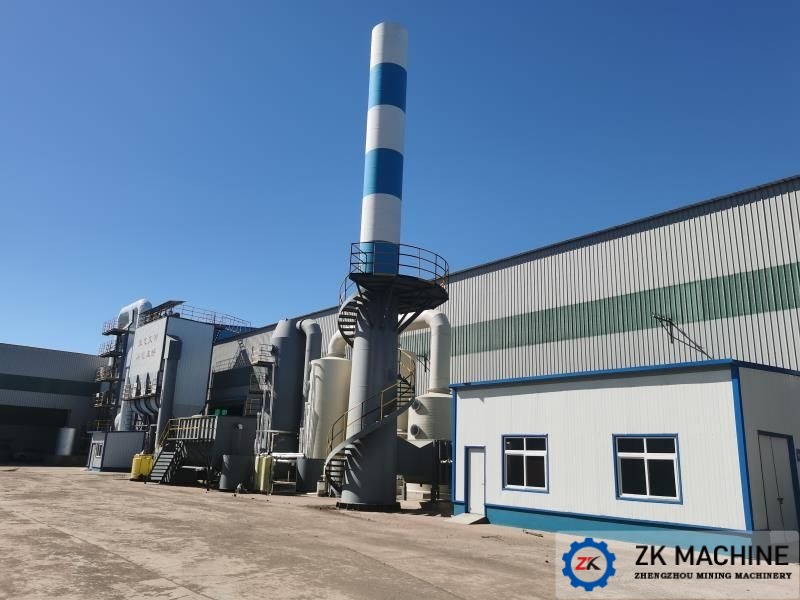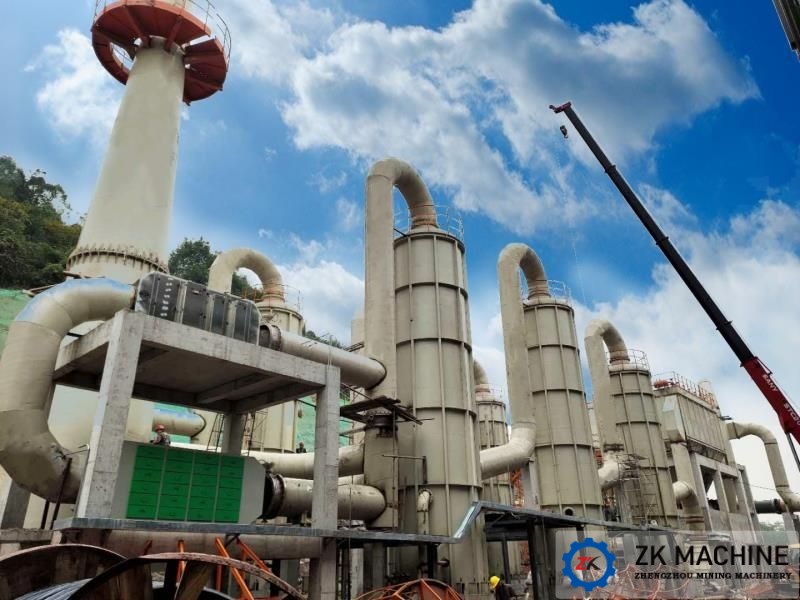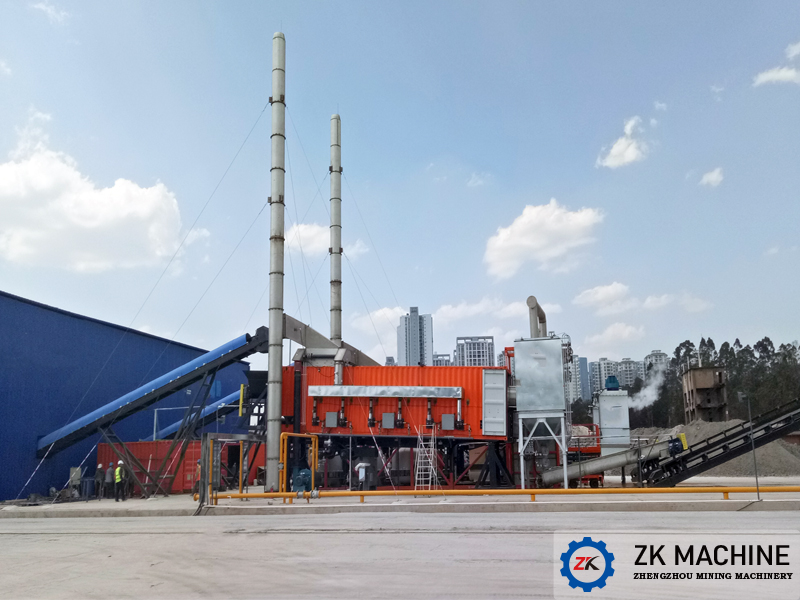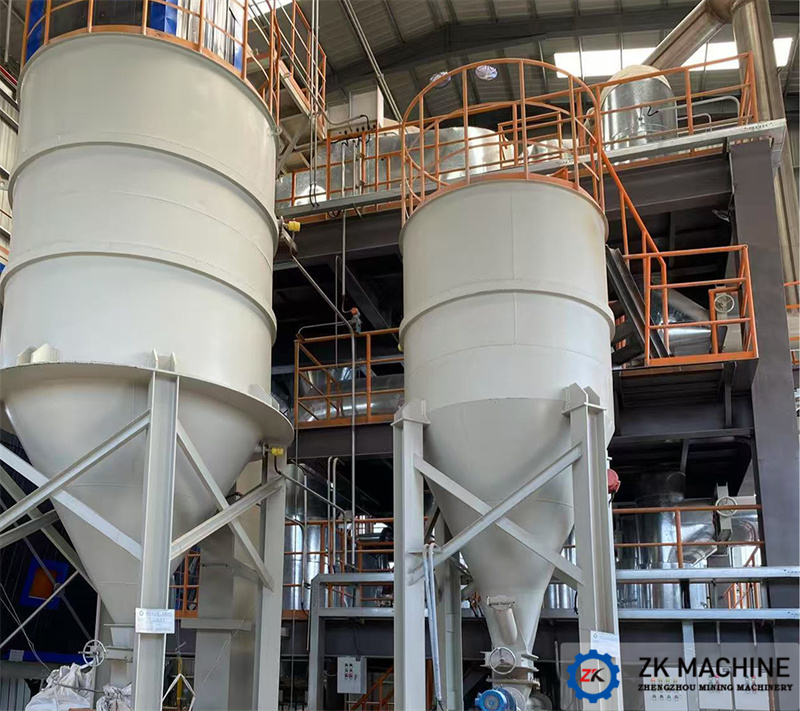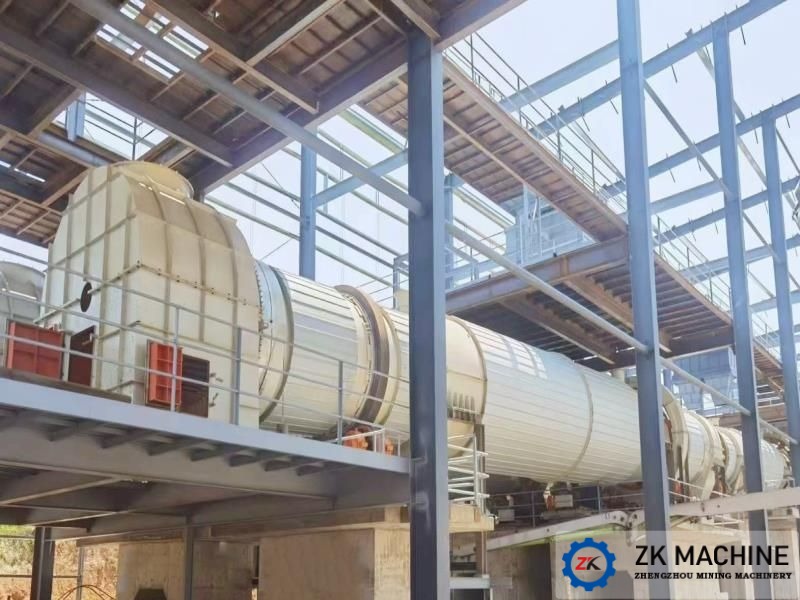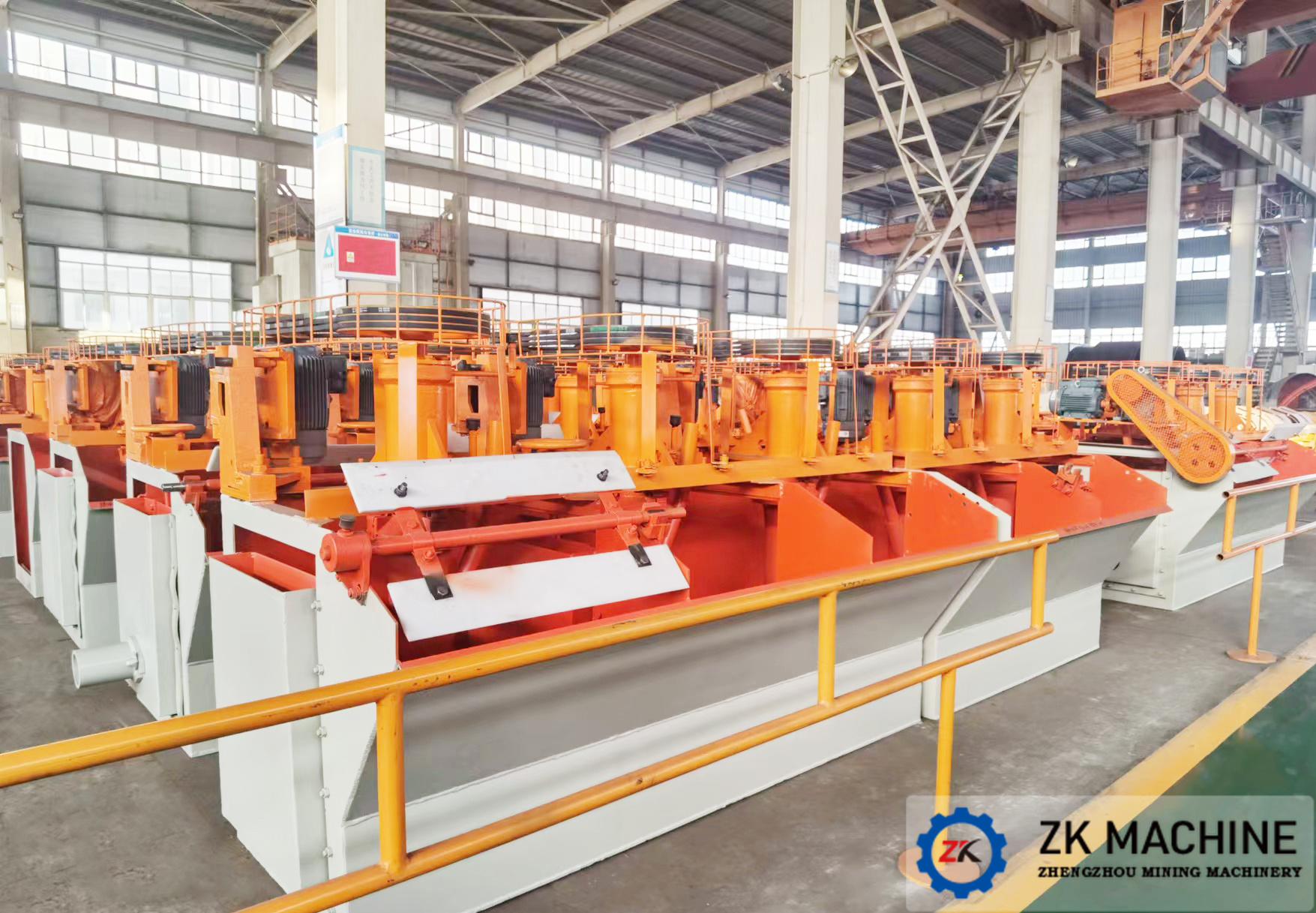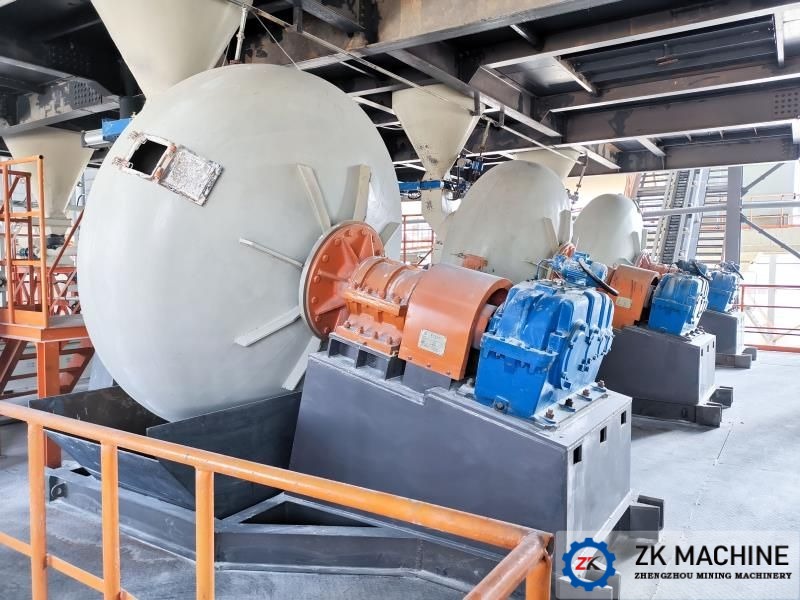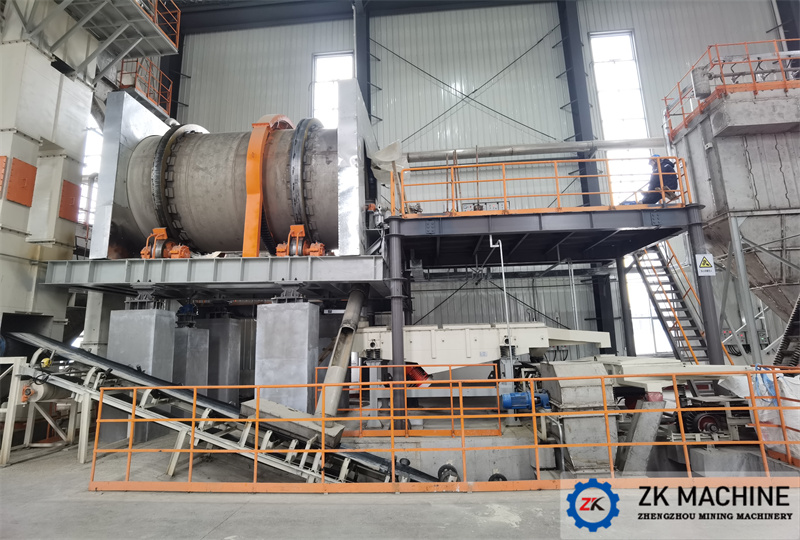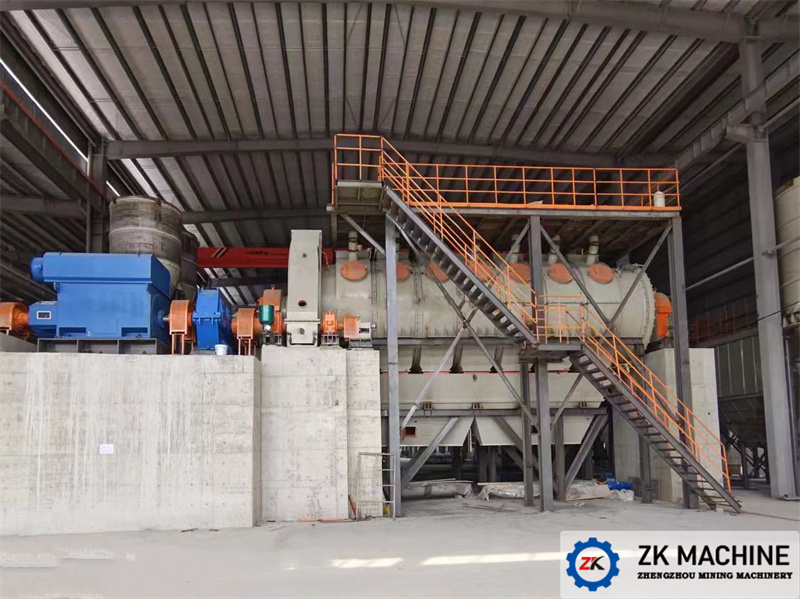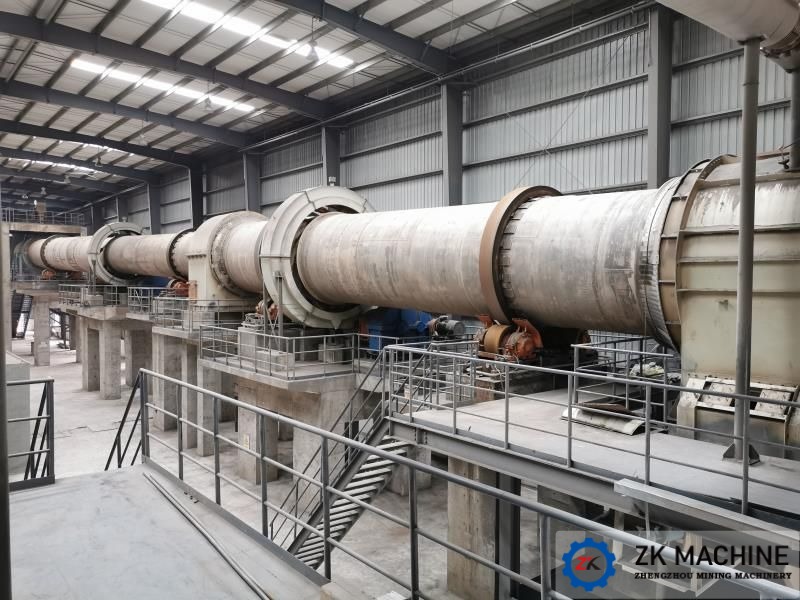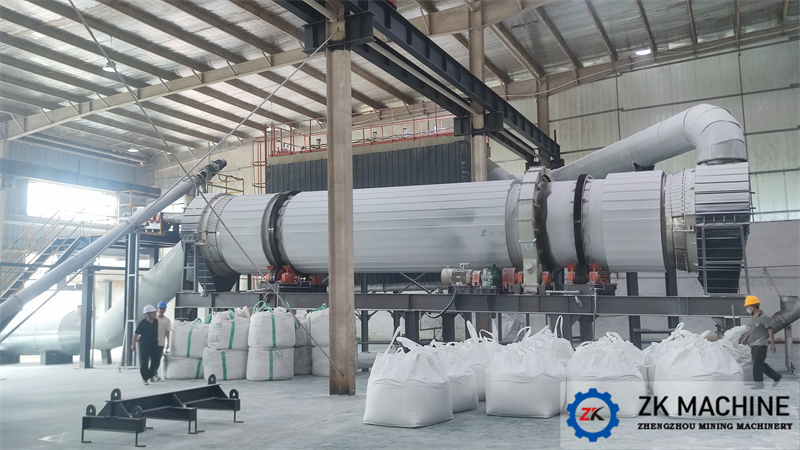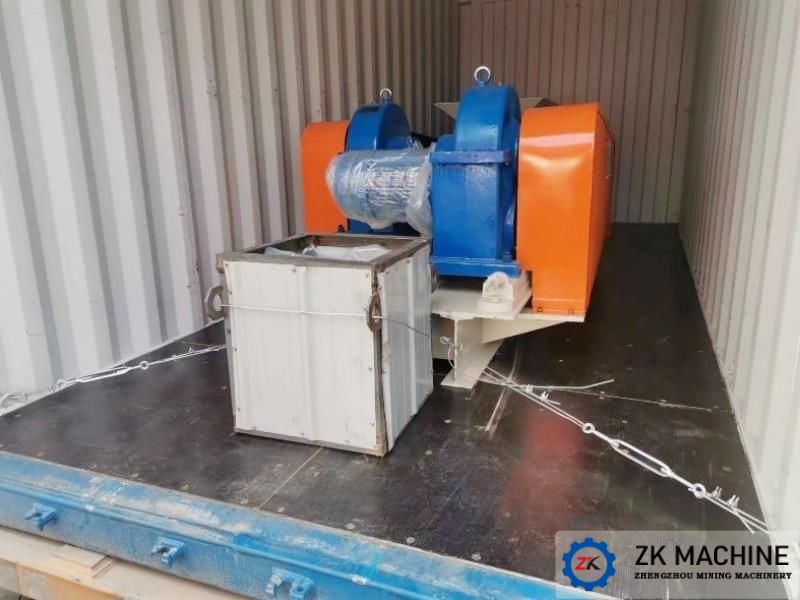Principle of Ceramsite Expansion
After the ceramsite raw material ball is made, it enters the rotary kiln for calcination. The drying kiln in the first half has a slower rotation speed and a longer length. This is to make the ceramsite heat up evenly and slowly, and slowly evaporate the water in the ceramsite, so as to prevent the water from evaporating too fast. The water vapor will ball the ceramsite raw material. Brace. When entering the calcining kiln, the temperature is about 800°C. At this time, the water in the ceramsite ball has almost completely evaporated, and the iron oxide begins to decompose or reduce to produce carbon dioxide gas.
At this time, it is necessary to quickly heat up to the melting temperature of the ceramsite. The surface of the ceramsite ball is in a molten state to form a glass phase. At this time, the surface of the ceramsite is like a layer of melted sugar, without pores, and iron oxide is produced. The gas cannot get out of the ceramsite, so it swells the ceramsite.
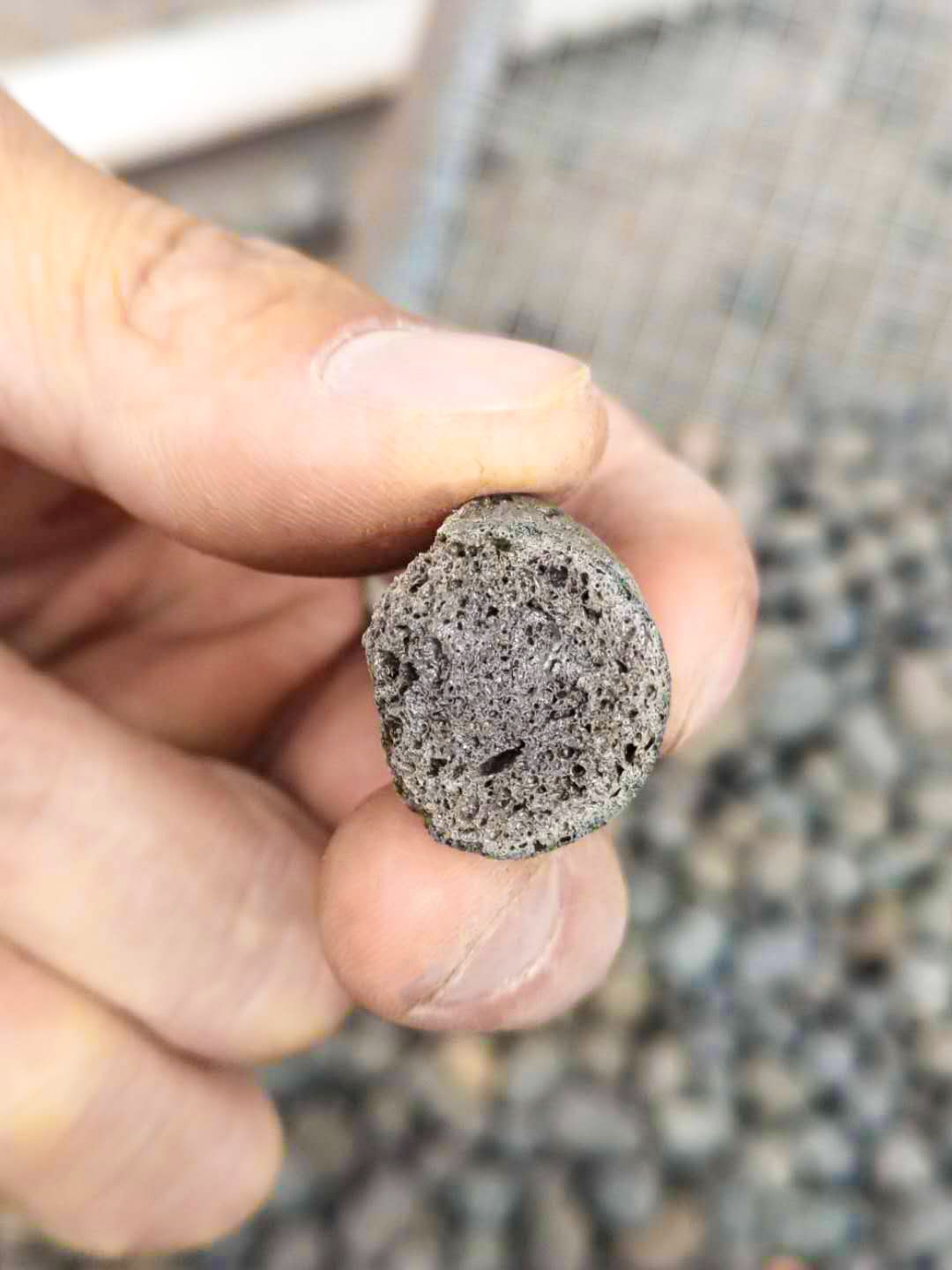
After 10 to 20 minutes, the ceramsite passes through the high temperature zone and enters the kiln head discharge section. The temperature is lowered and cooled down to form a dense enamel layer on the surface and porous expanded ceramsite.
Among them, iron oxide as the main foaming material, the main component that affects the expansion effect of ceramsite, accounts for about 5% of the raw materials. Of course, the foaming material is not limited to iron oxide. When the raw material is tested, it is found that the foaming composition is less. In addition to adding iron powder, you can also add a part of carbon powder or silicon carbide. The main purpose is to achieve After the melting temperature, the internal foaming material can continue to react, generate a part of the gas, and expand the ceramsite as a whole.
